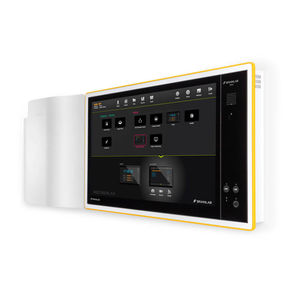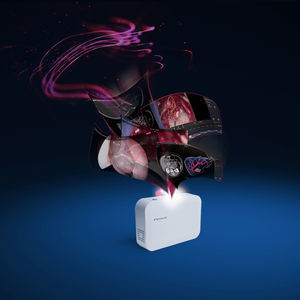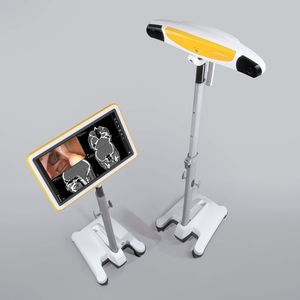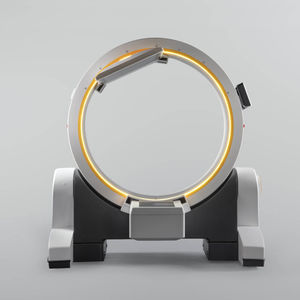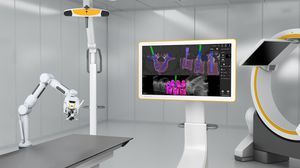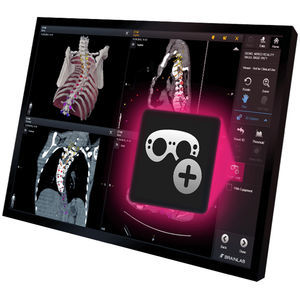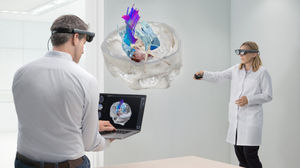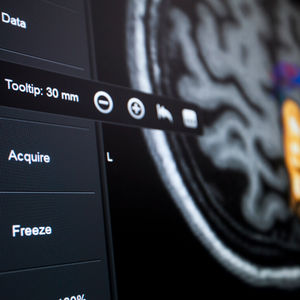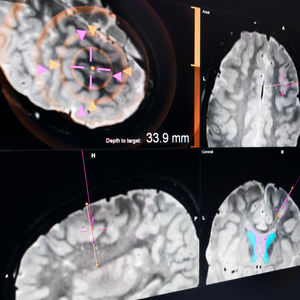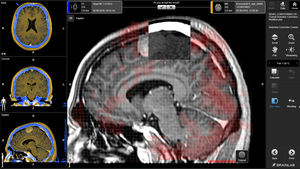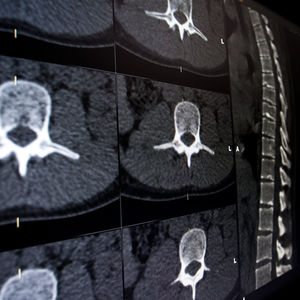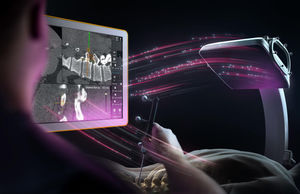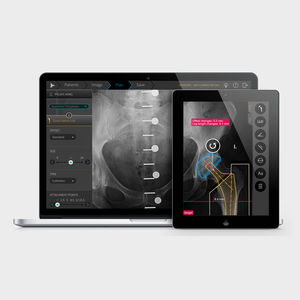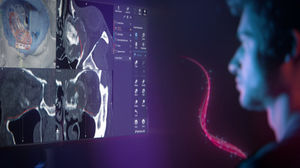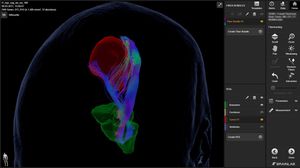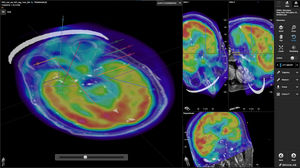

- Products
- Catalogs
- News & Trends
- Exhibitions
Hospital software surgeryfor operating microscopesfor robotic-assisted surgery

Add to favorites
Compare this product
Characteristics
- Applications
- hospital, surgery, for operating microscopes, for robotic-assisted surgery
- Function
- tracking, neuronavigation
- Type
- augmented reality
Description
Redefining how surgeons experience navigation data
Freedom of Choice
The way microscopes are used in the O.R. is in transition: Brainlab accommodates neurosurgeons’ needs in both the traditional approach of looking through the ocular as well as the more recent utilization of exoscope video images displayed on a dedicated screen. Reflective markers attached to the microscope enable visual tracking of optical axis and focal point. Combined with the new robotic capabilities of microscopes, navigation now plays an indispensable role in performing state-of-the-art surgeries.
Auto-detection of connected microscope minimizes setup effort
Seamless integration with Brainlab Cranial and Spine Navigation software
Support of all major vendors of surgical microscopes
See the Essential
Augmented reality has become an essential technology in neurosurgery. Microscope Navigation visualizes the planned surgical target and surrounding structures as semi-transparent volumes mixed with the anatomy seen, providing better spatial orientation throughout the procedure. Touch-based rotation of the displayed 2D video image or Probe’s Eye reconstruction reveals underlying structures in 3D for more anatomical insight.
Immediate Maximum Intensity Projection (MIP) for more vascular detail
Virtual 360° Target view improves assessment of critical areas, e.g. aneurysm
Visualization of eloquent fiber tract information
Maintain Accuracy
In order to maintain navigation accuracy, especially after craniotomy, anatomy shift can now be visualized by comparing vessels on the cortex with their corresponding MIP.
VIDEO
Catalogs
No catalogs are available for this product.
See all of Brainlab‘s catalogsRelated Searches
- Analysis software
- Radiology software
- Viewer software
- Tablet PC software
- Control software
- Windows software
- Scheduling software
- Automated software
- Diagnostic software
- Hospital software
- Online software
- Treatment software
- Tracking software
- Software module
- Surgical software
- Education software
- Import software
- CT software
- Evaluation software
- Sharing software
*Prices are pre-tax. They exclude delivery charges and customs duties and do not include additional charges for installation or activation options. Prices are indicative only and may vary by country, with changes to the cost of raw materials and exchange rates.

